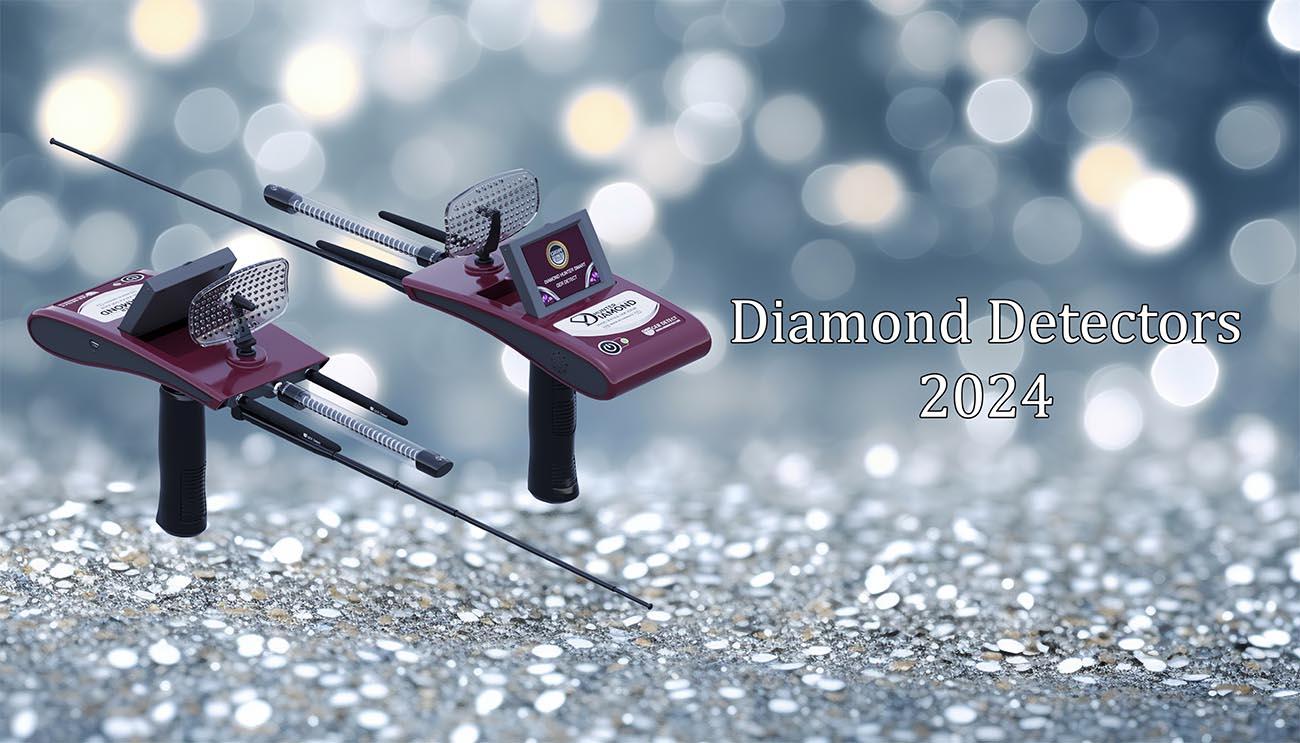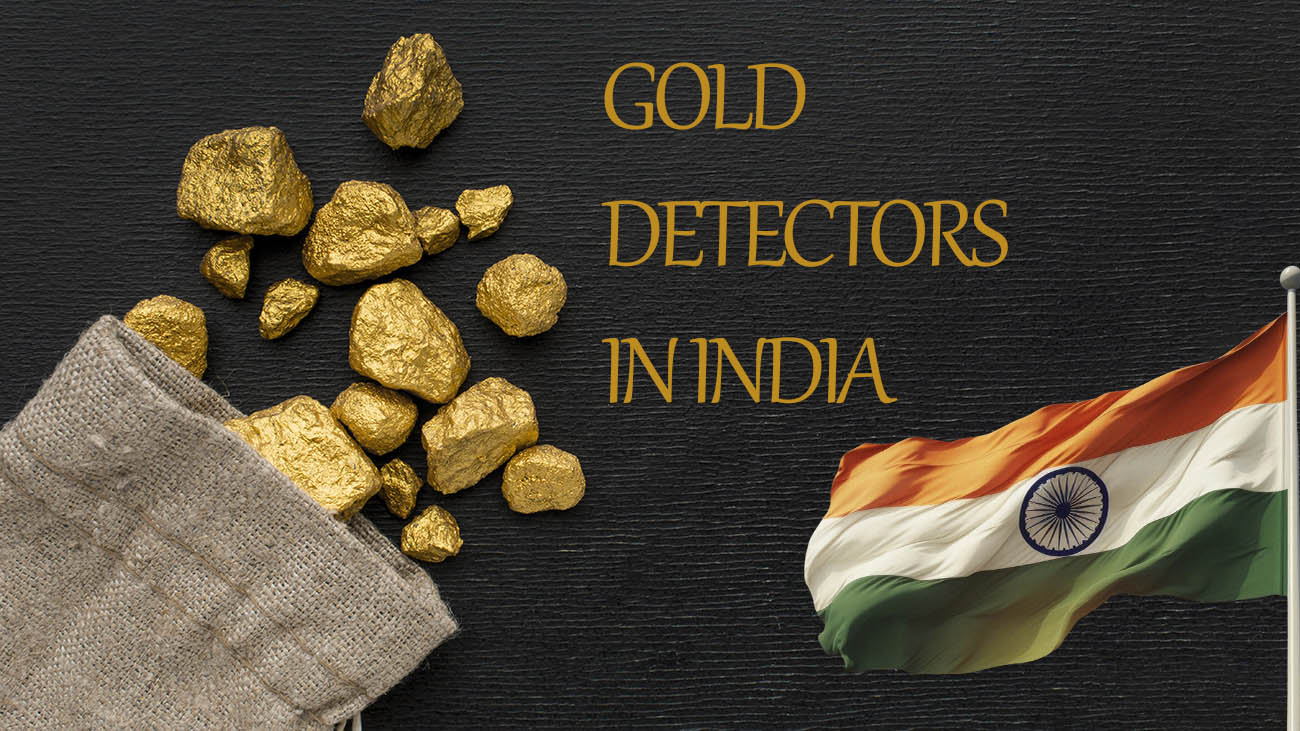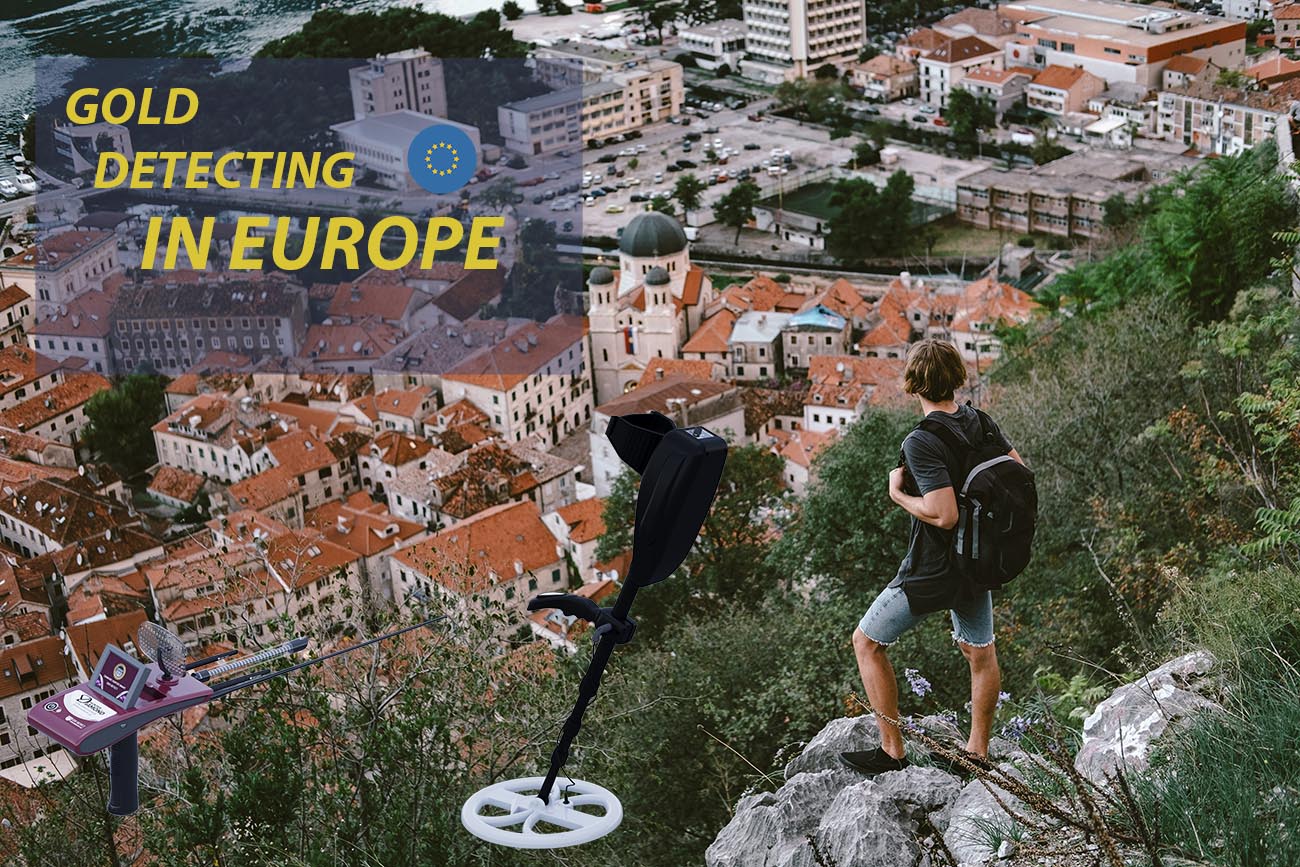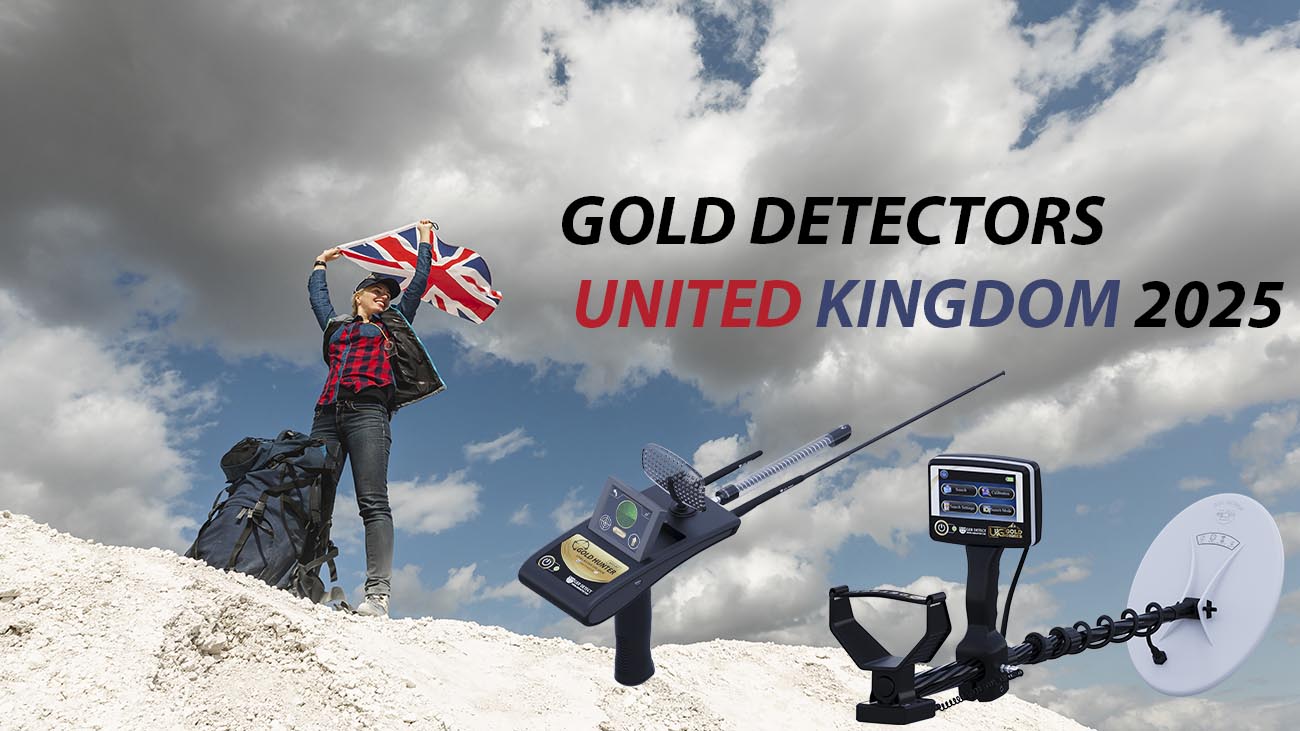Blogs
What is Diamond detector 2025

Table of Contents
Ever dreamed of striking it rich by finding diamonds? Underground diamond detectors sound like a magical shortcut, but are they the real deal? This guide will break down everything you need to know about these tools.
We’ll explore how they work, the different types available, and answer key questions like: can they really find diamonds? How deep can they search? We’ll also expose any limitations you should be aware of.
By the end, you’ll be a diamond detector whiz, ready to decide if it’s the right pick for your treasure hunting adventure!
Become a Diamond finder

About Diamond detectors
While standard metal detectors can be helpful for finding treasures underground, they might not be the optimal choice for unearthing diamonds. This is where diamond detectors enter the scene, offering specialized features for the dedicated gem hunter.
Here’s what sets diamond detectors apart:
- Sharpened Focus: Unlike general metal detectors that pick up various metals, diamond detectors are specifically designed to target the unique properties of diamonds.
- Conquering Minerals: Mineral-rich soils can be tricky for regular detectors. Diamond detectors, however, are built to navigate these challenging terrains effectively.
- Going Deeper: Compared to standard detectors, diamond detectors boast a greater depth range, increasing your chances of finding buried gems.
- Unearthing the Small Stuff: These detectors are often more adept at pinpointing smaller diamonds that might be missed by less specialized tools.
Key Point: Diamond detectors leverage the unique electromagnetic properties of diamonds to locate them underground, even in harsh conditions.
Beyond Diamonds: While the name suggests a singular purpose, some diamond detectors can also identify other precious stones. This can be a valuable bonus for prospectors seeking a wider variety of gems.
What is Diamond detector 2024
Diamond detectors utilize the unique electromagnetic properties of diamonds and gemstones to detect their presence underground, even in challenging environments.
Diamonds or gemstones buried underground create ionic or electromagnetic fields, enabling diamond detectors to capture these fields and pinpoint the location and depth of the diamonds and gemstones.
More than just diamond detection: Despite the name suggesting a single purpose, some diamond detectors can identify various types of gemstones. This added feature provides great value for those seeking a broader range of precious stones.
Types of Diamonds and Gemstones Detectable with Diamond Detectors
Diamond detectors are precision tools, but it’s important to understand what they can and can’t find. While the primary target is, of course:
Diamonds:
- Their unique electrical conductivity allows diamond detectors to hone in on these precious stones buried underground.
Diamonds and gemstones possess excellent electrical properties, enabling them to form electromagnetic or ionic fields around them when buried underground.
Some diamond detectors are capable of identifying 18 different types of gemstones in addition to their primary function of detecting both small and large diamonds. One of the best examples of such devices is the Titan 500 Smart.
- Rubies: These crimson beauties can potentially be detected by diamond detectors, especially if the detector can pick up on chromium, the element responsible for their red hue. However, chromium often occurs in alloys rather than pure form, making detection less consistent.
- Sapphires: Similar to diamonds, sapphires share some electrical properties. While diamond detectors might not differentiate between different sapphire colors, they could flag the presence of a sapphire based on its overall composition.
- Peridot (Olivine): Peridot is often mistaken for emerald due to its similar mineral composition. However, peridot is a gemstone with a light green color, unlike the dark green hue of emerald.
- The chances of finding peridot are higher, especially in gold-rich regions, as it is commonly found in such areas.
Important Note: While diamond detectors might give an indication of these gemstones, confirmation through visual inspection and professional identification tools is crucial.
Bonus Tip: Finding certain gemstones can be an indicator of potential diamond deposits nearby. For example, the presence of:
Garnet:
- The presence of this gemstone in a search area can sometimes indicate that the region is rich in diamonds.It is important to understand that diamond detectors are effective tools, but they perform best when used with a proper understanding and accurate interpretation of their functionality.
Remember, diamond detectors are powerful tools, but they work best when used with knowledge and proper interpretation of their signals.

Search for Diamond and gemstone 2024
Where to find diamonds?
The allure of diamonds – their timeless beauty and captivating brilliance – has captivated humankind for centuries. But where do these precious gems come from? Unlike browsing a jewelry store, unearthing diamonds requires a touch of adventure and the right knowledge. This guide unveils the secrets of diamond hunting, exploring the prime locations where these sparkling treasures might be found.
Beyond the Glitter: Why Location Matters
Diamonds are formed under extreme pressure and heat conditions deep within the Earth’s mantle. Millions of years later, geological processes like volcanic eruptions can bring these treasures closer to the surface. However, pinpointing diamond locations requires understanding the geological history of an area.
Prime Locations for Diamond Discovery:
Diamonds form under specific conditions and are usually found in the following environments:
- High Pressure and Temperature: Diamonds form deep within the Earth’s surface where temperatures and pressure are extremely high.
- Volcanoes: Diamonds can be brought to the surface through volcanic activity, as volcanic magma helps transport diamonds upward.
- Kimberlite Pipes: These are cylindrical igneous rock formations originating from deep within the Earth. Formed by volcanic activity, they push molten rock to the surface rapidly, resulting in pipe-like structures that often contain diamonds.
- Sedimentary Deposits: Diamonds are sometimes found in rivers and streams that carry sediment containing them.
- Ancient Geological Environments: Diamonds can be located in old sedimentary rocks that have undergone erosion and breakdown over time.
These conditions contribute to the natural formation and occurrence of diamonds.
Now, let’s explore some of the best diamond and gemstone detection devices:
These devices are among the best for diamond and gemstone detection due to their unique features:
High precision in providing results, including automatic depth readings..
Ability to detect diamonds and gemstones across various terrains and environments.
Capability to reach great depths.
Detection of up to 18 different types of gemstones.
lets dig more in this topic but first look at some of the best diamond detectors available in the market now … click here
UIG detectors is here to assist you in finding your next Gold treasure and choosing the fit gold detector for you.
Register today to receive a free consultation, and our specialist will help you find your next gold detector.

Some related links
FAQ
Can diamond detectors really find diamonds?
Yes, diamond detectors can be helpful for finding diamonds underground. They use electromagnetic properties to locate diamonds, even in harsh conditions. However, it’s important to remember that they are not perfect and may also detect other minerals or gemstones.
What types of gemstones can diamond detectors find?
In addition to diamonds, some diamond detectors can also identify other gemstones with similar properties, such as rubies, sapphires, and peridot. However, the success of detection will vary depending on the specific detector and the mineral composition of the gemstone.
Where are the best places to find diamonds?
Diamonds are formed deep underground under extreme pressure and heat. They can be brought closer to the surface through volcanic eruptions. Some of the prime locations for finding diamonds include kimberlite pipes, placer deposits, and ancient shorelines, especially in areas with a history of diamond mining.




